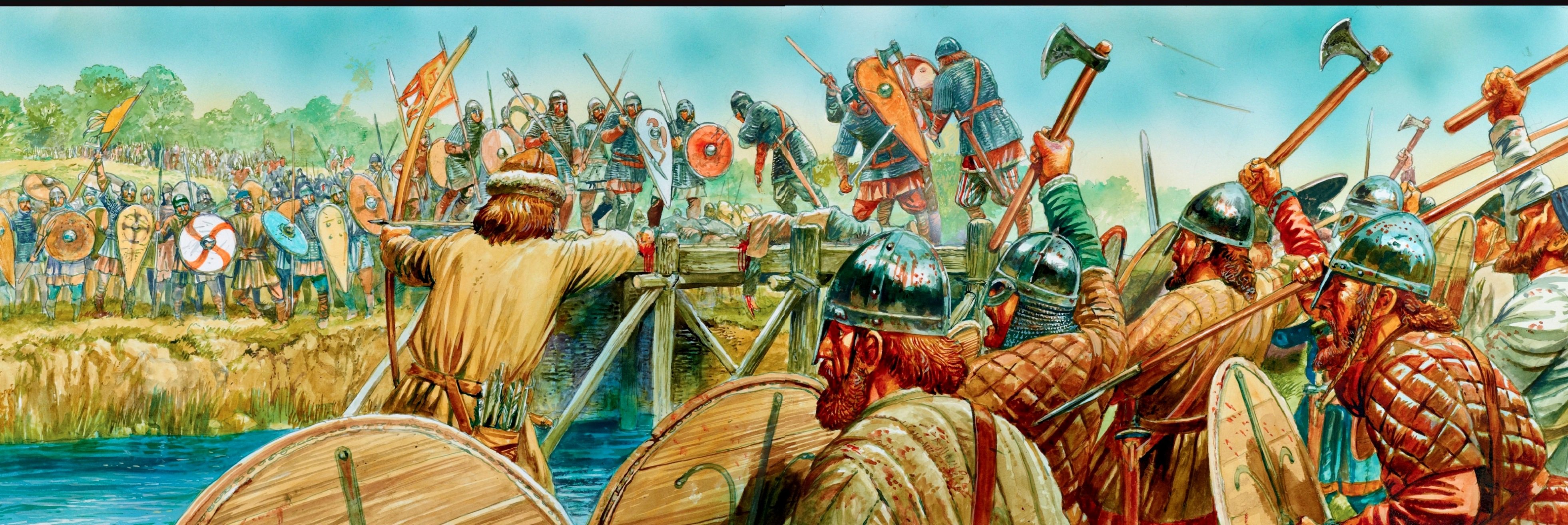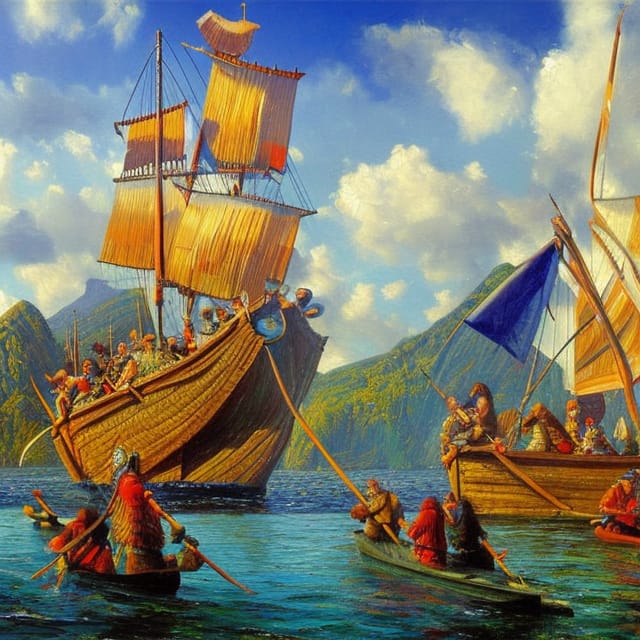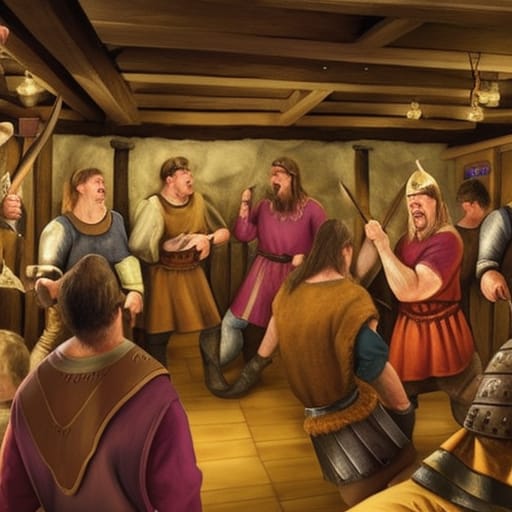The Battle of Stamford Bridge, fought in 1066, stands as a significant event in Viking history and the Norman Conquest of England. This pivotal battle took place near the village of Stamford Bridge, East Riding of Yorkshire, and witnessed a fierce clash between the English forces led by King Harold II and the Viking invaders commanded by Harald Hardrada, King of Norway. In this blog post, we will explore the background, events, and outcomes of the Battle of Stamford Bridge, shedding light on its historical significance and the subsequent impact on Viking England.

-
Prelude to the Battle:
- Tumultuous Succession: The death of King Edward the Confessor in early 1066 sparked a succession crisis, leading to multiple claims to the English throne.
- Norwegian Invasion: Harald Hardrada, along with his ally Tostig Godwinson, brother of King Harold II, launched a Viking invasion of England.
- Harold's Response: King Harold II swiftly assembled a force to counter the Viking invasion, marching northwards from London to engage the enemy.
-
The Battle of Stamford Bridge:
- Surprise Attack: On September 25, 1066, King Harold's forces arrived at Stamford Bridge and launched a surprise attack on the Vikings, catching them off guard.
- Fierce Resistance: The Vikings put up a valiant defense, with Harald Hardrada and his warriors fighting ferociously against the English onslaught.
- Heroic Stand: According to accounts, a single Viking warrior, wielding a massive two-handed battleaxe, defended the bridge single-handedly for a considerable time, inflicting heavy casualties on the English.
-
Victory and Defeat:
- English Triumph: Despite the initial surprise, the English eventually broke through Viking defenses, leading to a decisive victory.
- Harald Hardrada's Fall: Harald Hardrada, Tostig Godwinson, and a significant number of Viking warriors were slain in the battle.
- Treaty of Stamford Bridge: After the battle, King Harold II granted safe passage to the remnants of the Viking army, bringing an end to the immediate Viking threat.
-
Historical Significance:
- Impact on the Norman Conquest: While King Harold II celebrated his victory at Stamford Bridge, the Norman forces under William the Conqueror were preparing for their invasion of England.
- Divided Forces: The battle significantly weakened the English army, leaving them vulnerable against the Norman invasion that followed shortly after.
- Legacy of Resilience: The Battle of Stamford Bridge showcased the strength and determination of the English forces in repelling Viking invasions, but it also depleted resources and manpower that would later impact the Battle of Hastings.
Conclusion: The Battle of Stamford Bridge, with its dramatic events and resounding victory for the English, is a remarkable chapter in Viking history and the larger narrative of the Norman Conquest. The battle demonstrated the resilience of King Harold II and his forces, effectively repelling the Viking invasion. However, the triumph was short-lived, as the weakened English army would soon face the Norman forces at the Battle of Hastings, forever changing the course of England's history.
Works Cited:
- Barlow, Frank. Edward the Confessor. University of California Press, 1970.
- Brown, Reginald Allen. The Normans and the Norman Conquest. Boydell Press, 2005.
- Sturluson, Snorri. Heimskringla: History of the Kings of Norway. Penguin Classics, 1990.
- Swanton, Michael. The Anglo-Saxon Chronicle. Phoenix Press, 2000.






Leave a comment
This site is protected by hCaptcha and the hCaptcha Privacy Policy and Terms of Service apply.